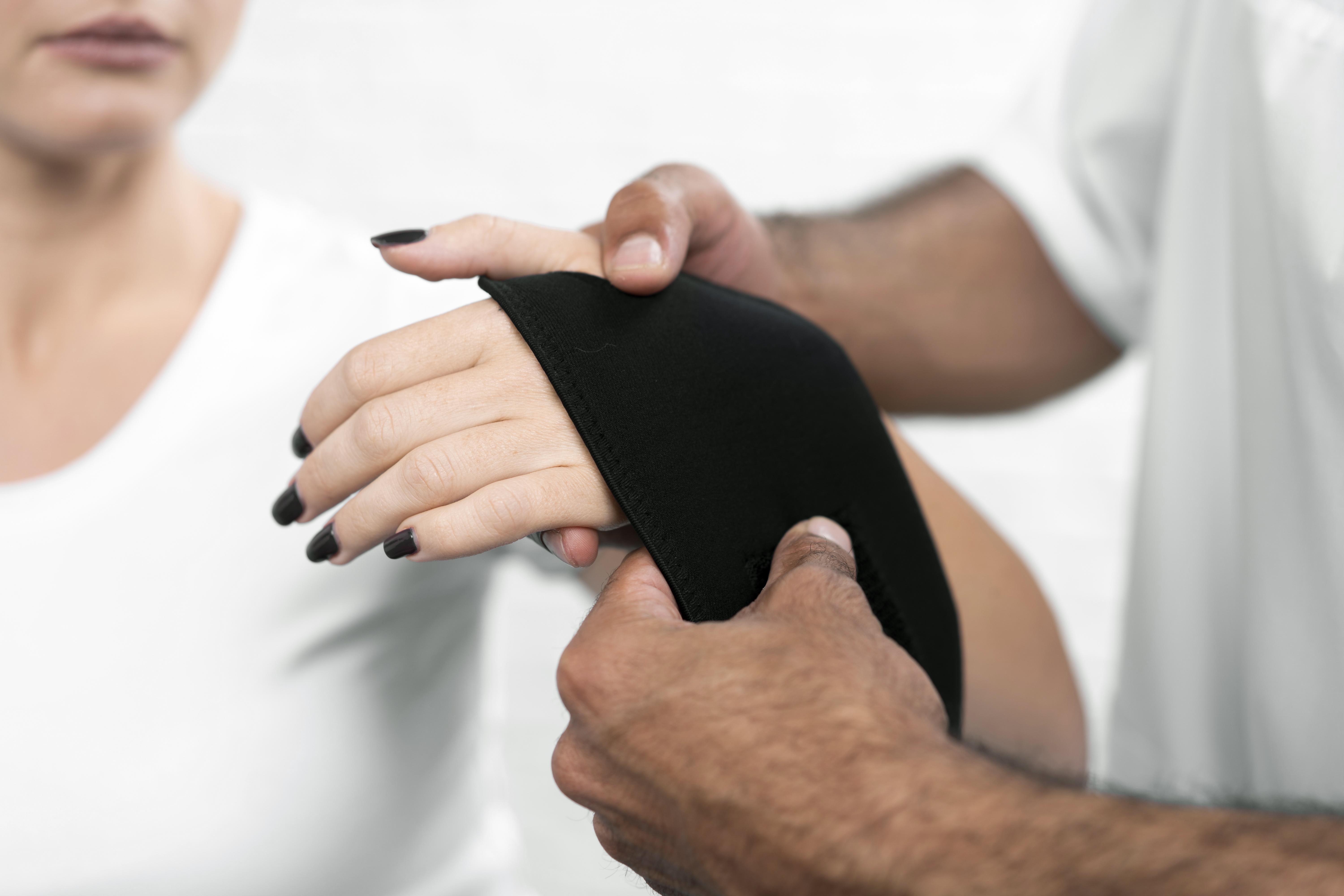Hand injuries can affect the bones, tendons, muscles or other structures that are part of your hand. Wear and tear, accidents and other causes can lead to these injuries, which can make it difficult for you to perform daily tasks or do other activities. Learning more about hand injuries can help you understand why they occur and what you can do to reduce your risk. Keep the following information about hand injuries, including how to prevent them, in mind.
Carpal Tunnel Syndrome
Carpal tunnel syndrome happens when there is too much pressure on the median nerve in your forearm, wrist and hand. Overusing your hand and wrist at work can cause this injury to occur, resulting in tingling and weakness. You can reduce your risk of developing carpal tunnel syndrome by giving your hand and wrist frequent breaks, relaxing your wrist while doing tasks and using ergonomic equipment, such as a more comfortable computer mouse or keyboard.
Tendonitis
This injury occurs when a tendon in your hand becomes inflamed. This can lead to pain, swelling and other symptoms. You can develop tendonitis if you do repetitive motions with your hand or injure it in an accident. Improving your posture and hand techniques, warming up before playing tennis or other sports and avoiding overusing your hand or doing repetitive movements can help lower your risk of tendonitis.
Fractures
Hand fractures occur when a bone or bones in your hand break. Fractures can be simple or more complex and may cause symptoms such as swelling, pain and bruising. You can end up with a hand fracture from sports injuries, accidents, falls or other causes, especially if you have osteoporosis or other conditions that weaken your bones. Building up your bone strength through a healthy diet and exercise, wearing protective sports equipment and taking steps to prevent falls can help reduce your risk of these hand injuries.
Trigger Finger
Trigger finger or tenosynovitis happens when your finger or thumb becomes stiff and stuck or locked in a bent position. Repetitive motions and underlying health conditions can increase your risk of having trigger finger occur. Steps you can take to prevent trigger finger include not doing repetitive motions or activities that make your symptoms worse. You can also reduce your risk of trigger finger by avoiding doing repetitive grasping movements.
Sprains and Strains
Hand sprains occur when a ligament in your hand becomes torn or stretched, such as when you fall and land on your hand. Hand strains occur when muscles or tendons become torn, which can happen due to repetitive movements at work or while playing sports. You might have pain, tenderness, bruising, swelling and other symptoms when you have a hand sprain. Hand strain can cause muscle weakness, cramping, pain, muscles spasms and other symptoms. Avoiding repetitive motions, wearing protective equipment when playing sports and warming up before exercising can help you prevent hand strains and sprains.
If you have a hand injury, please contact Huntington Orthopedics today. Our orthopedic team can help you find effective treatment for pain and other symptoms of hand injuries.


